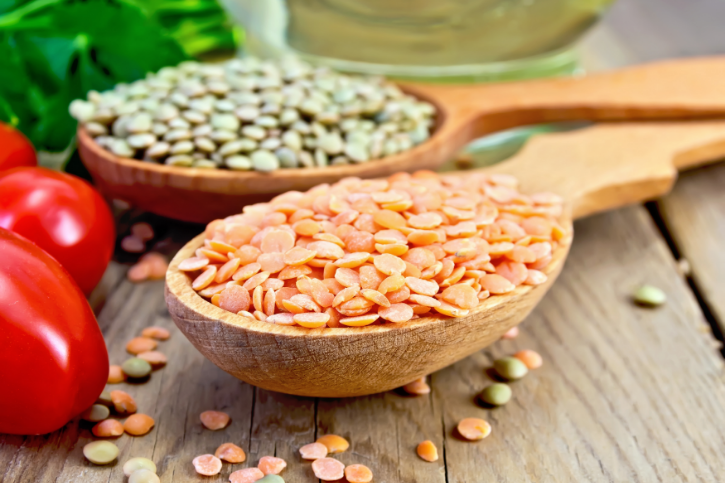
June 22, 2021 1 min read
History
Originating from central Asia, lentils are one of the first foods to have been cultivated. Lentils are typically classified based on their size with many varieties being cultivated. While most types are either brown or green, many others are also available such as black, yellow, red, or orange varieties. Not only do lentils vary in size and color but they may also range in shapes being either oval, round or heart-shaped disks. Likewise, they may also be sold whole or split into halves. Lentil seeds known to have been dated 8000 years old have been discovered at archeological sites in the Middle East. Traditionally, lentils were eaten with other early foods like barley and wheat but now enjoy widespread use in many contemporary cuisines.
Lentils are part of the legume family and grow in pods that contain tiny seeds. When compared to other kinds of dried beans, lentils are easy and quick to prepare and have the property of assimilating flavors from all sorts of seasonings and other foods. Lentils are high in nutritional value and are readily available all year round.
❤ Try our USDA certified organic Green Lentils and Red Lentils ❤
Thanks for reading this Be Still Farms Blog article. To sign up for more news/articles and/or recipes, click here. For more about us, click here. To shop our certified organic products, click here.
Please comment and share and we look forward to serving you in the future!
Comments will be approved before showing up.

January 27, 2025 3 min read
Flaxseed, the tiny yet powerful superfood, is packed with nutrients that can support weight loss. From curbing hunger to stabilizing blood sugar, this guide dives into the science of how flaxseed can help you shed those extra pounds.

December 11, 2024 3 min read
Discover three quick and easy soup recipes featuring organic small red beans. From a classic vegetable soup to a creamy potato blend, these wholesome recipes are perfect for chilly days and busy weeknights. Packed with flavor and nutrition, these soups will warm your heart and soul this winter!

December 06, 2024 3 min read
This vibrant and nutritious Green Lentil Salad combines tender lentils with grilled chicken, fresh vegetables, and a zesty lemon dressing. Packed with protein, fiber, and essential vitamins, it’s the perfect healthy meal for any time of day.
© 2026 Be Still Farms- Real, Fine Organics.
Privacy | Terms | Refund Policy | Organic Certification
